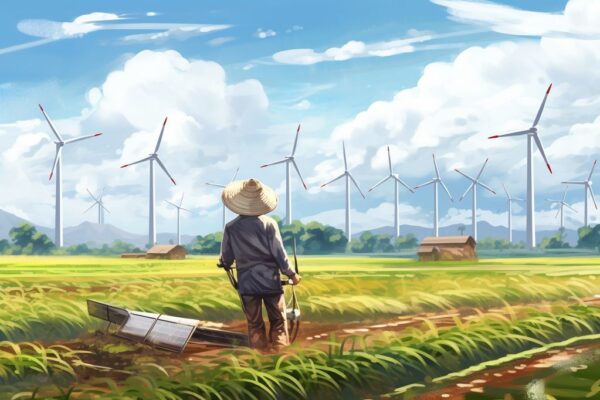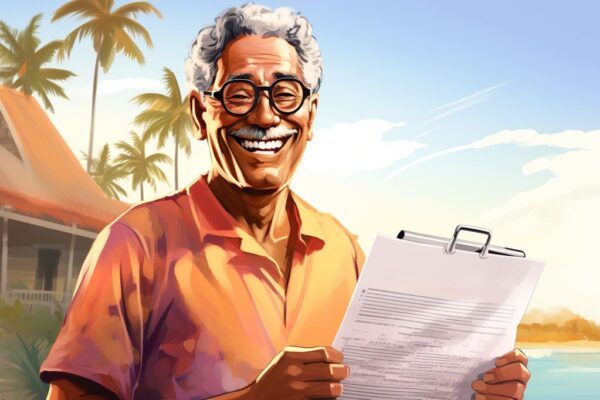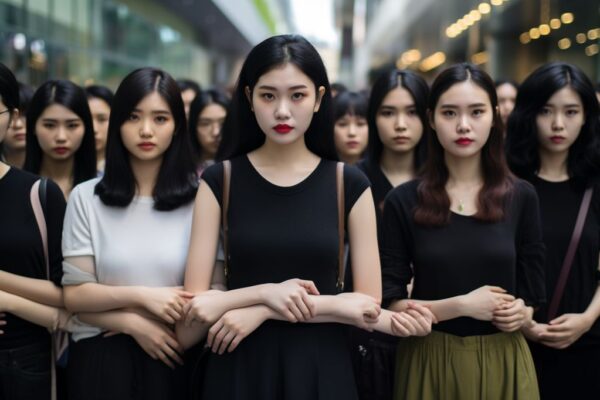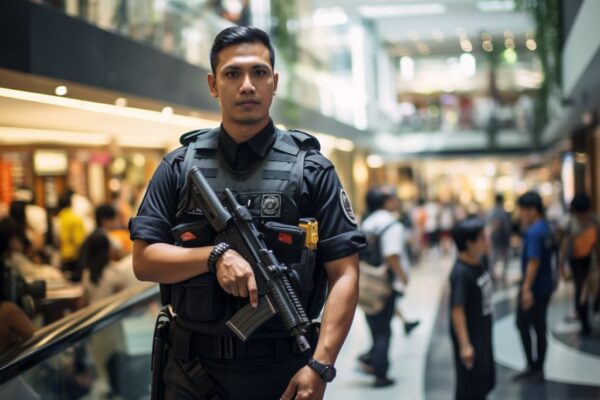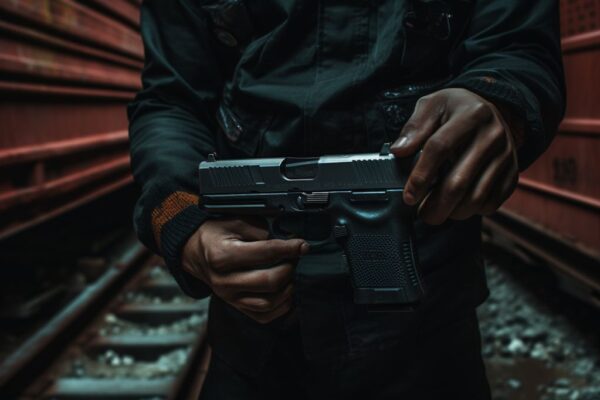
Teen Shooter’s Arms Suppliers Arrested
“Three men have been arrested for selling firearms to a 14yearold boy who carried out a shooting spree in Siam Paragon shopping mall, resulting in two deaths and five injuries. The suspects deny all charges while the teenage shooter undergoes a psychiatric assessment. Bangkok SiamParagon GunControl SafetyFirst”
